Affiliate links on Android Authority may earn us a commission. Learn more.
After years of searching, I have the answer to the flat vs curved display debate
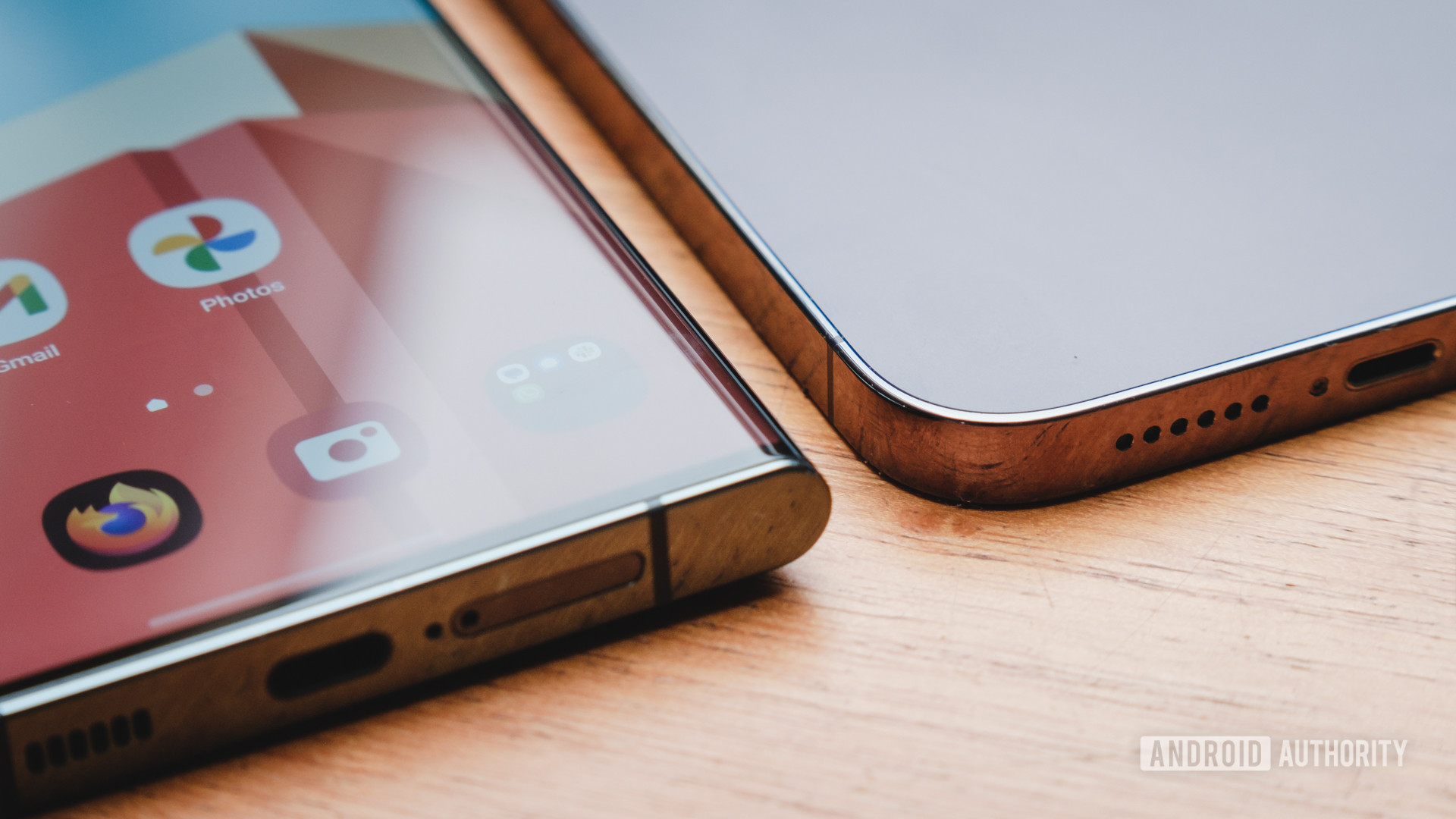
We’re spoilt for choice with great phones; whether you’re after amazing performance, all-day battery life, or a great camera, the current market has you covered. Brand loyalty aside, a phone’s aesthetics and ergonomics are increasingly differentiators between models. One trend that still divides the masses is the case of straight versus curved edges.
It’s only April, and I’ve used a lot of smartphones this year, from the gargantuan Samsung Galaxy S23 Ultra to the little Apple iPhone 14. But plowing through all these reviews, I’ve stumbled on the holy grail of the perfect screen curve – if there is such a thing?
Though, before we get into that, a confession. In an ideal world, I agree with our readers; flat displays are better. They look cleaner, for one. Content doesn’t warp and disappear around the edges. You don’t have to fight against misregistering back gestures. Cases fit snugger, and screen protectors apply with ease. It’s all true, every word.
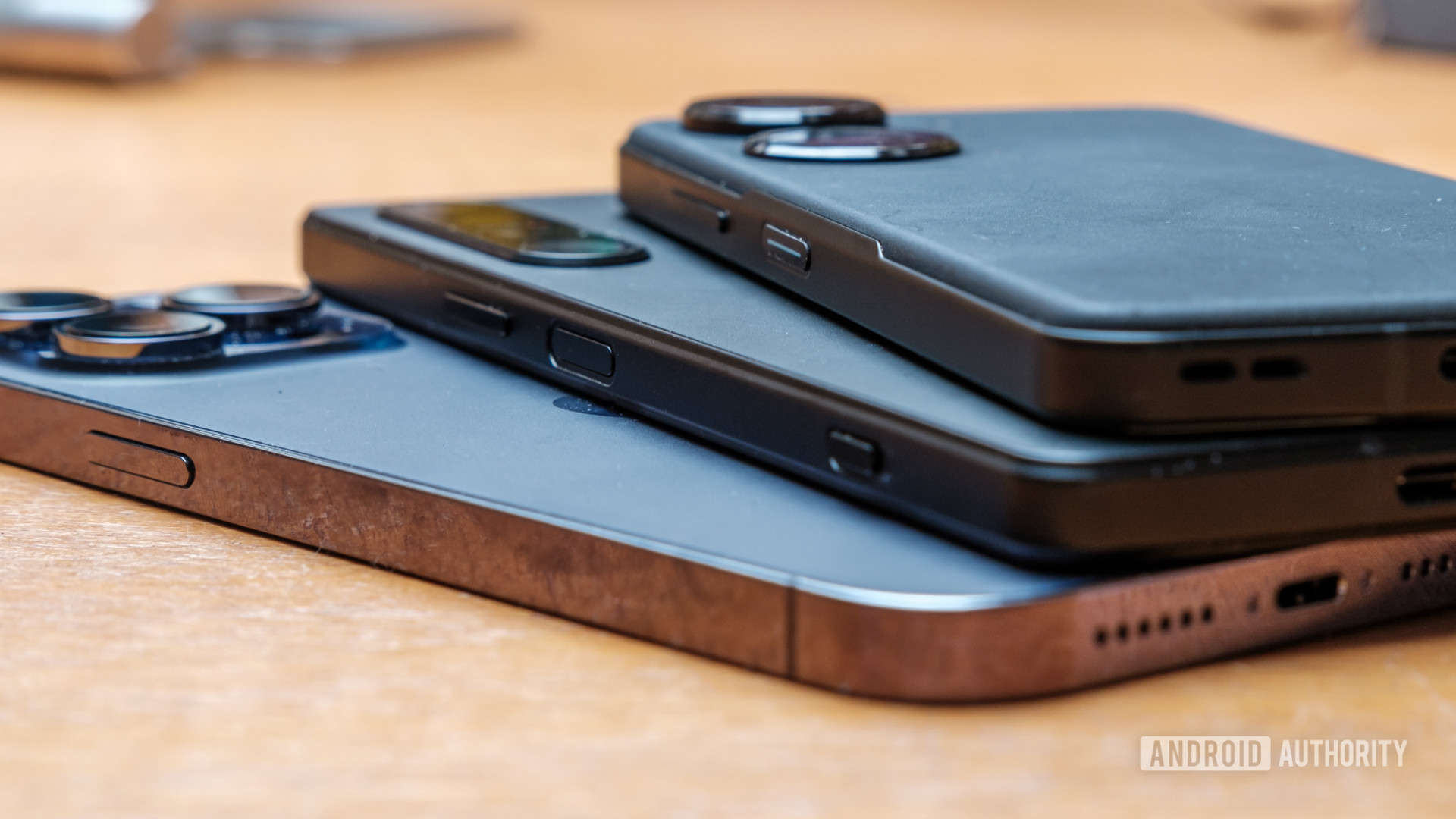
Late 2022’s ASUS Zenfone 9, Apple iPhone 14, and Sony Xperia 5 IV have been some of my favorite phones to use in the past twelve months. The flat edges look sharp and clean-cut and feel equally great to wield. However, they all have one thing in common; they’re more compact flagships and easily pocketable. Reaching across a roughly 6-inch display with flat edges is, for me at least, easy enough while still nestling the phone safely against my palm. By contrast, bigger phones with perfectly flat screens don’t work. At least not the ones I’ve tried.
Flat displays are great, but only up to a certain screen size.
The internet has universally agreed that the 6.7-inch Apple iPhone 14 Pro Max is, frankly, horrible to use. There’s no way to type on this monstrosity comfortably, and I’m pretty sure the serrated edges are to blame for a recently discovered hole in my jean pocket. Weirdly, the even larger, gaming-focused nubia REDMAGIC 8 Pro is easier to use in one hand, primarily because it’s lighter, the smaller camera array makes it less top-heavy, and it has a grippy rather than glass back. It’s a bit cumbersome, but you can balance the phone on your fingers rather than resting it in your palm, and reach your thumb over the display just fine.
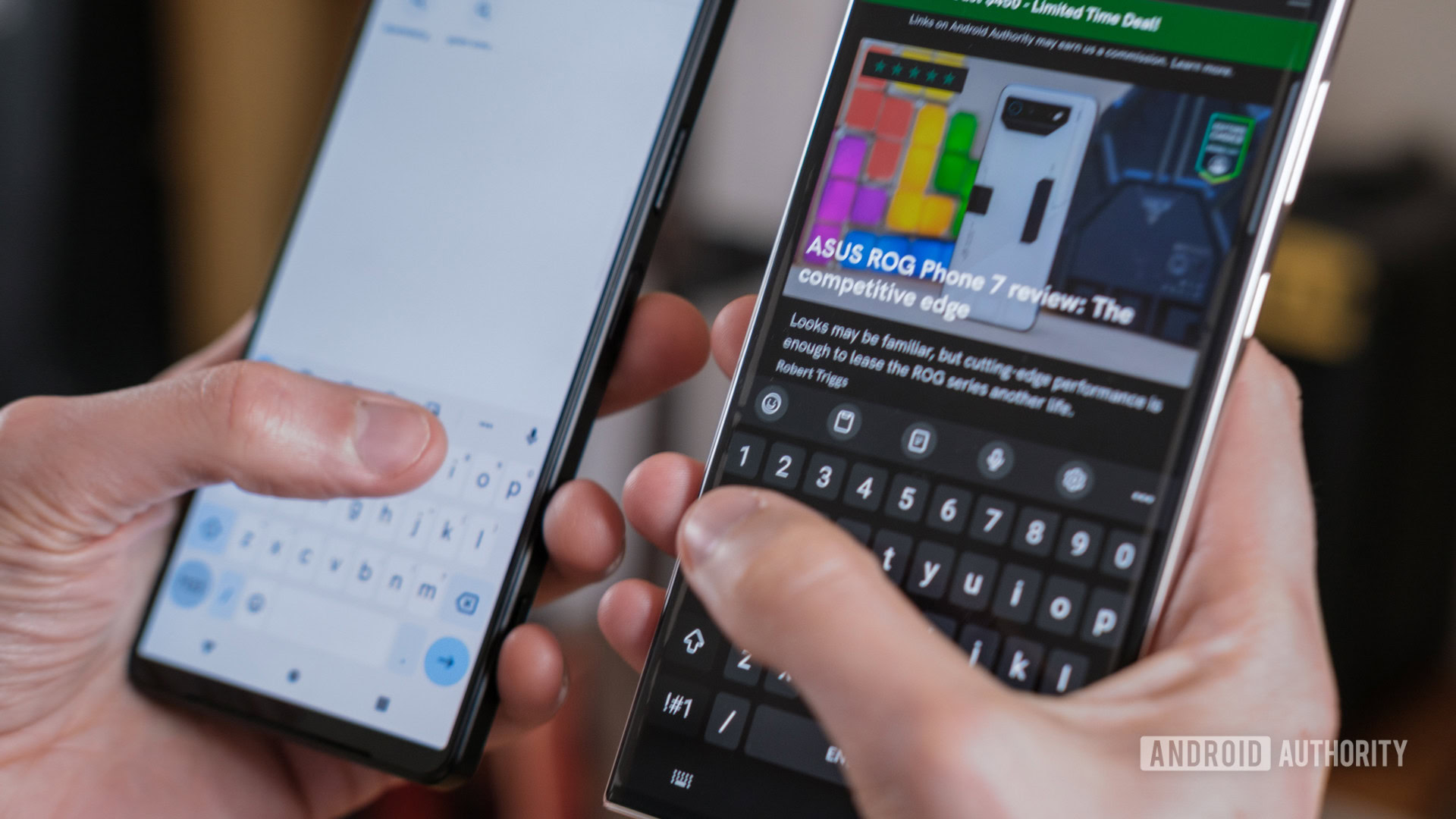
Building a somewhat usable big phone with straight edges is possible then, but you have to sacrifice the big cameras and glass backs that have become synonymous with top-tier handsets. That’s not going to happen en masse.
Weight, glass, and heavy cameras make curves a virtual necessity for one-handed use.
However, big phones with curvy displays often aren’t much better. Fighting against the Google Pixel 7 Pro’s sloped edges every time I wanted to swipe back stopped me from falling in love with the phone. Subtle curves look nice, but make it difficult to quickly feel for the phone’s edge. I’m also not completely convinced by the HONOR Magic 5 Pro’s “quad-curve” approach, with symmetrically curved edges on both the front and back. It’s nice to look at but, again, the top-heavy camera and gradual curve lack a reassuring grip.
I have used two phones recently that strike the right balance for me; the OPPO Find X6 Pro and Samsung Galaxy S22 Ultra. Both phones have closer to what I like to call C-shaped edge displays. Their curve is slightly more abrupt, so there’s no slow sliding off the edge of the display, while still being ergonomic enough to help you reach across their vast panels.
Curves aren't always best, especially if they make the phone lack that reassuring grip.
You might have noticed I said the Galaxy S22 Ultra, not the newer Galaxy S23 Ultra, and for a good reason. Even small changes can make a difference, and Samsung has moved to slightly more rectangular edges with the S23 Ultra. It’s subtle, but you can spot the difference when holding the phones side-by-side. The new model is more (-shaped than C-shaped, if you see what I mean. If you’ve been pining for an uncompromising flat flagship, the S23 Ultra might be perfect for you.
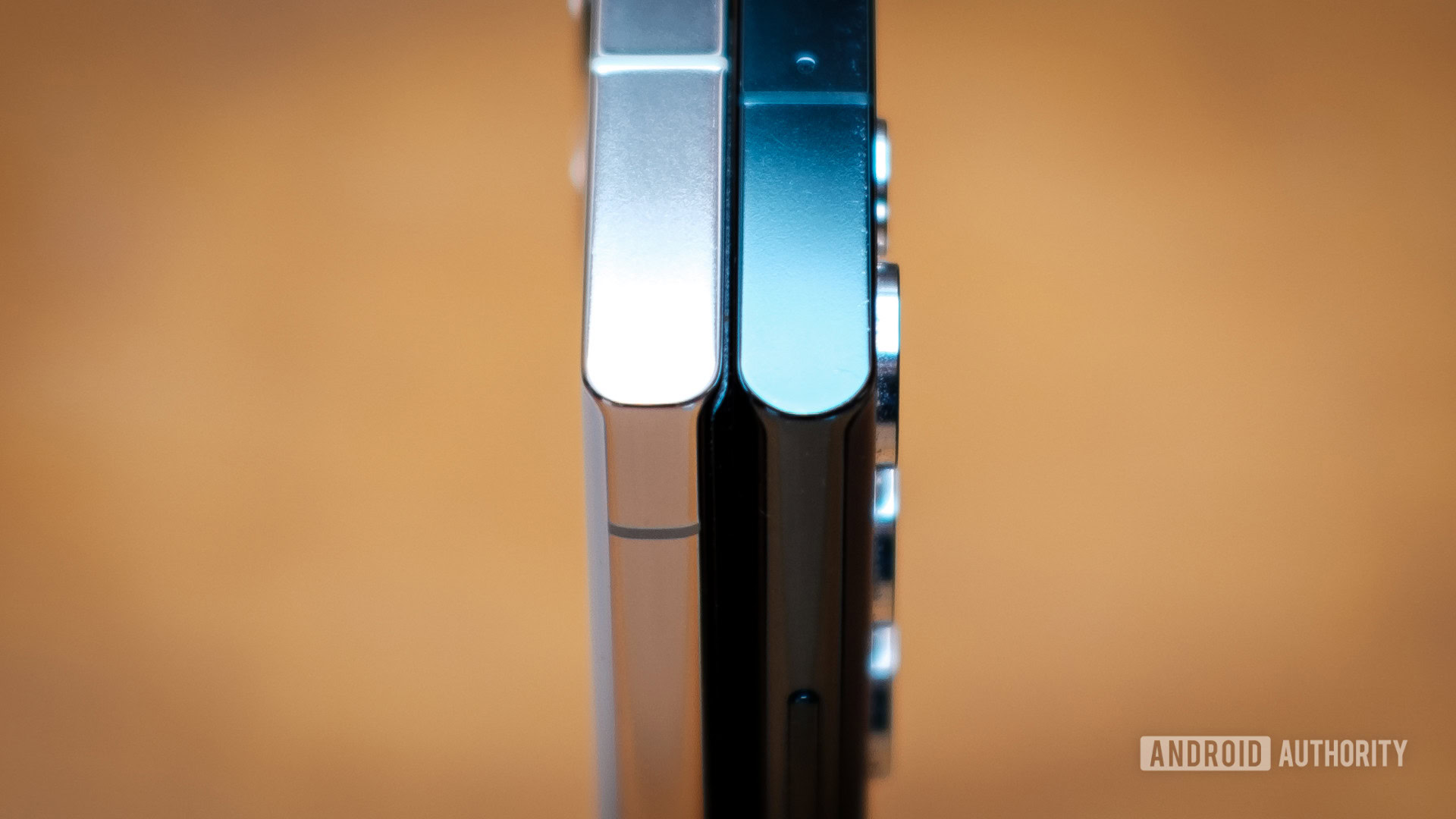
You can certainly feel the change when using the phones in one hand. However, I’ve grown accustomed to the feel of reaching my thumb across the Galaxy S22 Ultra’s gargantuan display. The phone nestles comfortably into my palm while the additional curve just about allows me to reach the other side of the panel; it’s just about manageable and reasonably comfortable.
If you’ve been pining for an uncompromising flat flagship, the S23 Ultra might be your best bet yet.
By comparison, the flatter Galaxy S23 Ultra feels more awkward to me. The straighter edges don’t gouge into my hand like the iPhone’s, and it’s far less boxy and top-heavy, so this design works a lot better than Apple’s. But it’s moved a little too far towards a rectangular shape that you can’t quite get your hand around it as easily. The phone isn’t any thicker, so this slight change is what has reduced the comfort I’ve become accustomed to with the Galaxy S22. I suppose I’d get used to it, eventually. And who knows, maybe this is better overall? It certainly gives the phone a little added reassuring heft.
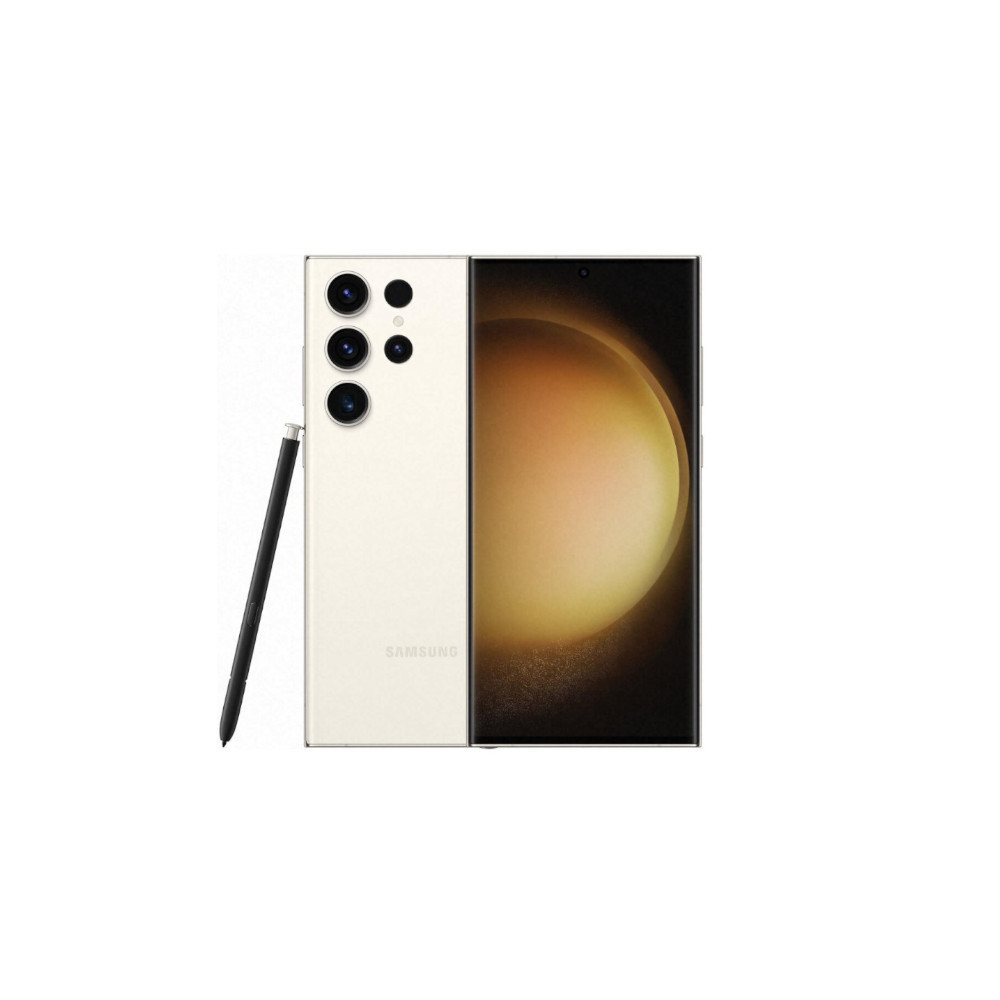

Ultimately, this really all does boil down to preference, and who am I to say that you won’t enjoy a boxier feel to your phone? Here’s what I’ve learned, though. For smaller phones, straight edges are definitely the way. If you like to tuck a larger phone right into your palm, I’d recommend a subtle curve as the way to go for superior reach. If you’re more of a finger-balancer or two-handed typer, then you’ll probably get on just fine with whatever gigantic slab takes your fancy.
TDLR: yes, curves are good, but there’s a limit, and Samsung probably has it just about spot on. That said, most will likely slap a case on their phone anyway, which negates much of what I’ve babbled on about for probably too many words.